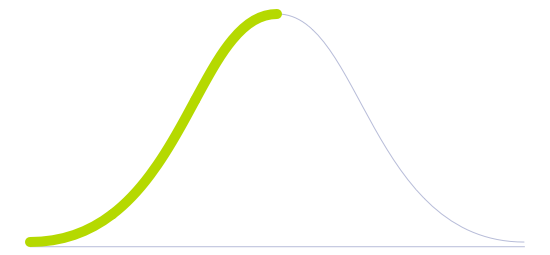Energy Harvesting

Technology Life Cycle
Sales growth slows as the market becomes saturated. The technology is well-established and competition peaks, leading to price drops and marginal improvements.

Technology Readiness Level (TRL)
Prototype is fully functional and ready for testing in industrially relevant environment.

Technology Diffusion
Adopts technologies once they are proven by Early Adopters. They prefer technologies that are well established and reliable.

Energy harvesting, a paradigm shift in powering small-scale devices and systems, addresses a critical challenge in modern electronics: the dependency on finite energy sources like batteries and external power supplies. Energy harvesting, also known as power scavenging or energy scavenging, taps into ambient sources – such as solar energy, thermal gradients, vibration, or radiofrequency waves – to generate electrical power. This self-sufficiency in energy generation enables devices to operate autonomously, often for their entire lifespan, without requiring external power or battery replacements.
The mechanism of energy harvesting varies depending on the source. For instance, photovoltaic cells convert solar energy into electricity, piezoelectric materials generate power from mechanical stress, and thermoelectric generators exploit temperature differences to produce electrical energy. These technologies capture otherwise wasted ambient energy, converting it into a usable form, through the use of wearables or stationed devices. This is particularly pivotal in the era of the Internet of Things (IoT), where countless sensors and devices are deployed in remote or inaccessible locations. Equipping these devices with energy harvesters makes them self-sustaining, reducing the need for maintenance and the environmental impact associated with battery waste.
Environmentally, energy harvesting offers a sustainable alternative to traditional power sources, helping to reduce carbon footprints and electronic waste. From a digital perspective, it is a cornerstone in the evolution of smart, interconnected systems. As we advance towards the Internet of Everything, the ability to power devices efficiently and sustainably becomes crucial. Energy harvesting not only enhances the longevity and reliability of these systems but also drives innovation in low-power electronics and energy-efficient design.
Image generated by Envisioning using Midjourney